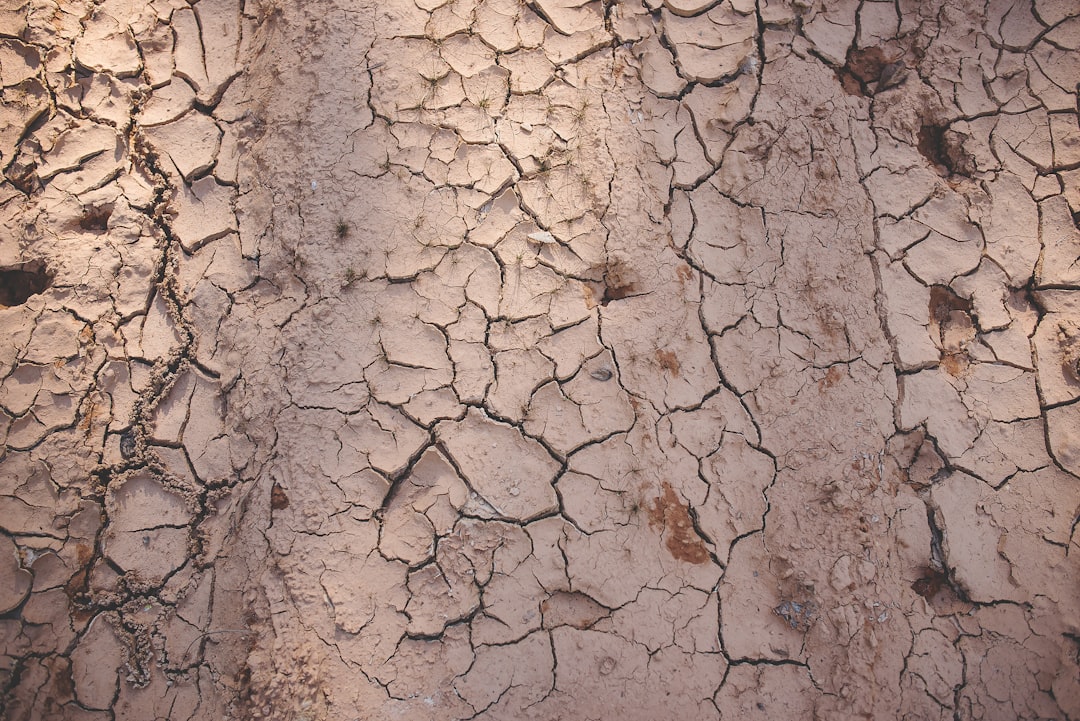What is it about?
In this work, porous Cellulose/Poly (vinylidene fluoride hexafluoropropylene) membrane with the incorporation of different amount of titania nanoparticles is prepared by non solvent induced phase inversion (NIPS) method followed by hydrolysis with lithium hydroxide for deacetylation of cellulose acetate. The composite membranes provide interconnected porous structure with high porosity. Titania incorporation and surface modification of Poly (vinylidene fluoride hexafluoropropylene) in the membrane are investigated by Fourier-transform infrared absorbance and transmission tests. The results show that the modified membrane exhibits excellent thermal stability at 200 °C with just only 1% shrinkage and contains high ion conductivity (1.68 mS cm−1). Moreover for window 2.5–4.5V, the ceramic nanoparticles embedded membrane with optimal titania content enables the battery to deliver 97.34% capacity retention after running 100 cycles at 1C rate and to maintain the capacity up to 72% even for 500 cycles after continuing different cycling test with Lithium cobalt oxide/Lithium cell assembly.
Featured Image

Photo by Brett Jordan on Unsplash
Why is it important?
In this work, the Cellulose/PVDF-HFP membrane with the incorporation of titania nanoparticles has been designed and prepared via an ecofriendly phase-inversion-method followed by hydrolysis. When titania contents in the composite membrane were at 5 wt %, it delivered high electrolyte uptake of 403%, high ion conductivity of 1.68 mS cm−1 which was superior than commercial PP separator. Moreover, the composite membrane delivered 97.34% and 72% capacity retention at 1C rate after 100 cycles and 500 cycles (99% columbic efficiency), respectively with lithium metal anode and LCO cathode assembly. In short, the cellulose/PVDF-HFP composite membrane with titania is a strong candidate for a next-generation battery application.
Perspectives
I have a very strong confident that this paper can draw attention of authors who are working on cellulose and PVDF-HFP materials for manufacturing separator of lithium ion battery. Moreover, the separator mentioned in this paper have a great advantage over commercially available separators which is also mentioned with comparison in publication.
Ph.D. Muhammad Rehman Asghar
Shanghai Jiao Tong University
Read the Original
This page is a summary of: Cellulose/Poly(vinylidene fluoride hexafluoropropylene) composite membrane with titania nanoparticles for lithium-ion batteries, Materials Chemistry and Physics, May 2020, Elsevier,
DOI: 10.1016/j.matchemphys.2020.123122.
You can read the full text:
Resources
Contributors
The following have contributed to this page










